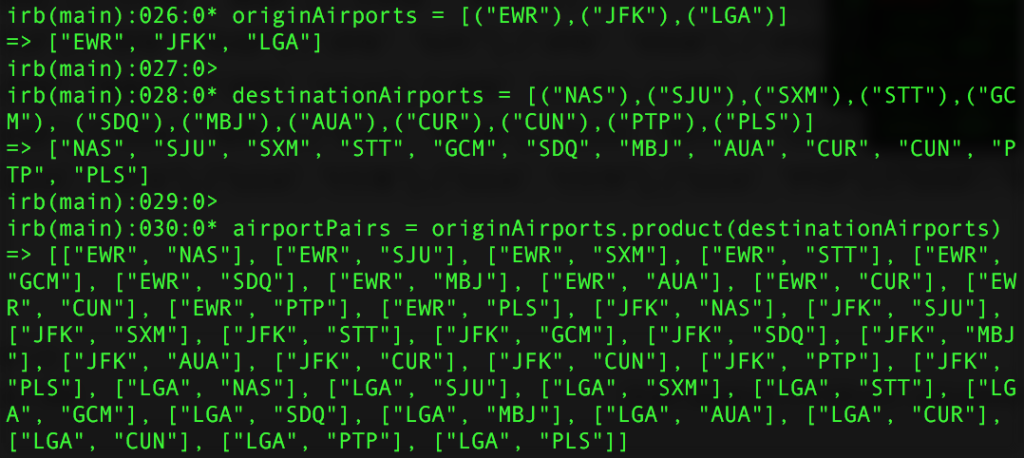Reverse the Ban on Supersonic Air Travel
With the first hundred days of Trump’s presidency right around the corner, Trump and his close advisors are about to set the pace of their Administration by proclaiming a number of Executive Actions that could become the guide posts of their policymaking over the next four years. One area that is critically important to me is commercial air travel. I believe the US airline industry has brought enormous personal fulfillment and economic benefit to millions of Americans, and I think Trump has a great opportunity to bring even more benefit to Americans by increasing the speed at which we travel.
Specifically, I propose that Trump reverse the ban of supersonic flight over the US. Reversing the ban on supersonic travel over the US would facilitate tremendous investment in the development of new supersonic airplanes, in addition to drastically reducing in-air travel time for American workers and goods. But first, let’s take a look back at why and when the FAA banned commercial supersonic air travel in the first place:
In 1976, amidst technophobe skepticism, the FAA banned civilian aircraft from creating a sonic boom over the US. The ban was due largely because of NIMBY groups such as Citizens League Against the Sonic Boom and the Anti-Concorde project who successfully lobbied the FAA towards creating a ban on civil sonic booms. And despite the baseless fear-mongering, such as claiming the windows in your house will break, the FAA did actually conduct a study with NASA and the U.S. Air Force regarding the effects of sonic booms. The results proved that the effects after 680 sonic booms over one particular testing site caused no significant structural damage. Thus, by sticking the the science, one has to reasonably believe that the effects of sonic booms are overstated, and more broadly, the ban on civil sonic booms is holding back technological progress.
The recently founded aerospace startup, Boom Technology, has recently provided a glimpse of hope as it aims to build a commercially-viable aircraft that is faster and lighter than the Concorde. But what good is this for American travelers if the policy of the FAA does not progress along with the new technology?
For President-elect Trump, whose own campaign was literally and figuratively propelled by a fine American-made jet, reversing the ban on supersonic air travel would be an easy early win towards dismantling needless regulation and bringing America back to the former glory of the Jet Age.




